order
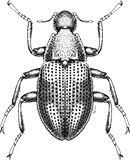
Coleoptera
“Adult Beetles”

Coleoptera
“Larval Beetles”

Diptera
“True Flies”

Ephemeroptera
“Mayflies”
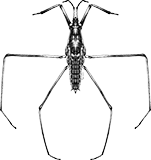
Hemiptera
“True Bugs”

Lepidoptera
“Aquatic Caterpillars, Snout Moths”

Megaloptera
“Alderflies, Dobsonflies, and Fishflies”
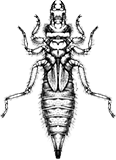
Odonata
“Dragonflies and Damselflies”
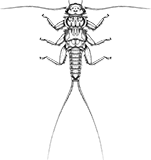
Plecoptera
“Stoneflies”
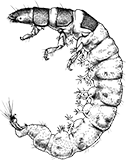
Trichoptera
“Caddisflies”
family
Heptageniidae
Heptagenia
“Flat-headed Mayflies”
Genus Overview
11 species in North America. This genus seems to prefer flowing current and can be collected on various substrate such as logs, boulders, other debris exposed. One species, Heptagenia culacantha, is endemic to the Susquehanna River.
Characteristics
POLLUTION TOLERANCE
Southeast: 2.4 and higher
Upper Midwest: 3 and higher
Midwest: 1.9 and higher
0 = least tolerant, 10 = most tolerant
FEEDING HABITS
Collector / Gatherer
Scraper / Grazer
Scraper / Grazer
MOVEMENT
Clinger
Swimmer
Swimmer
DISTRIBUTION
Widespread (east of the Rocky Mtns.)
HABITAT
Lotic-erosional
Diagnostic Characters
order
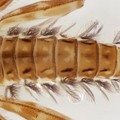
Abdominal Gills
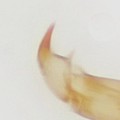
Single Tarsal Claw
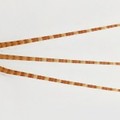
Usually 3 Tails
family
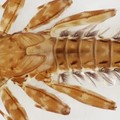
Flat Head And Body
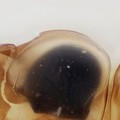
Margin Around Eyes
+ Expanded Character List
Order:
Wings developing in wing pads. Mouthparts suitable for chewing. Gills present on tops and sides of abdomen. Segmented legs present. One tarsal claw per leg. Usually with 3 tails (sometimes 2).
Family:
Head and body dorsoventrally flattened (depressed). Eyes and antennae positioned dorsally. Lateral margins of head visible beside the eyes. Mandibles not visible from dorsal side. Claws much shorter than tarsi. Tibiae and tarsi straight. Abdominal gills on segments 2–7 variably shaped depending on genus and species.
Genus:
Gills with fibrilliform portion on all gills, three caudal filaments, last gill similiar to previous ones


Dorsal
Ventral



